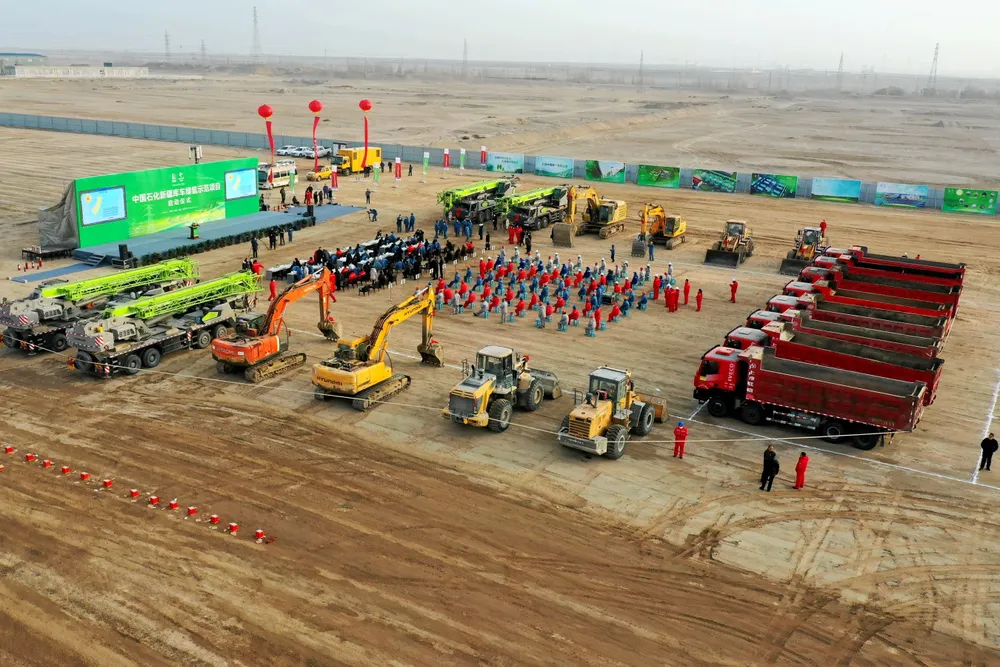World’s largest green hydrogen project — China's 260MW Kuqa facility — to be commissioned at the end of May
But questions remain about how green Sinopec’s project will truly be, as only 300MW of solar power has been built to supply it

But questions remain about how green Sinopec’s project will truly be, as only 300MW of solar power has been built to supply it
